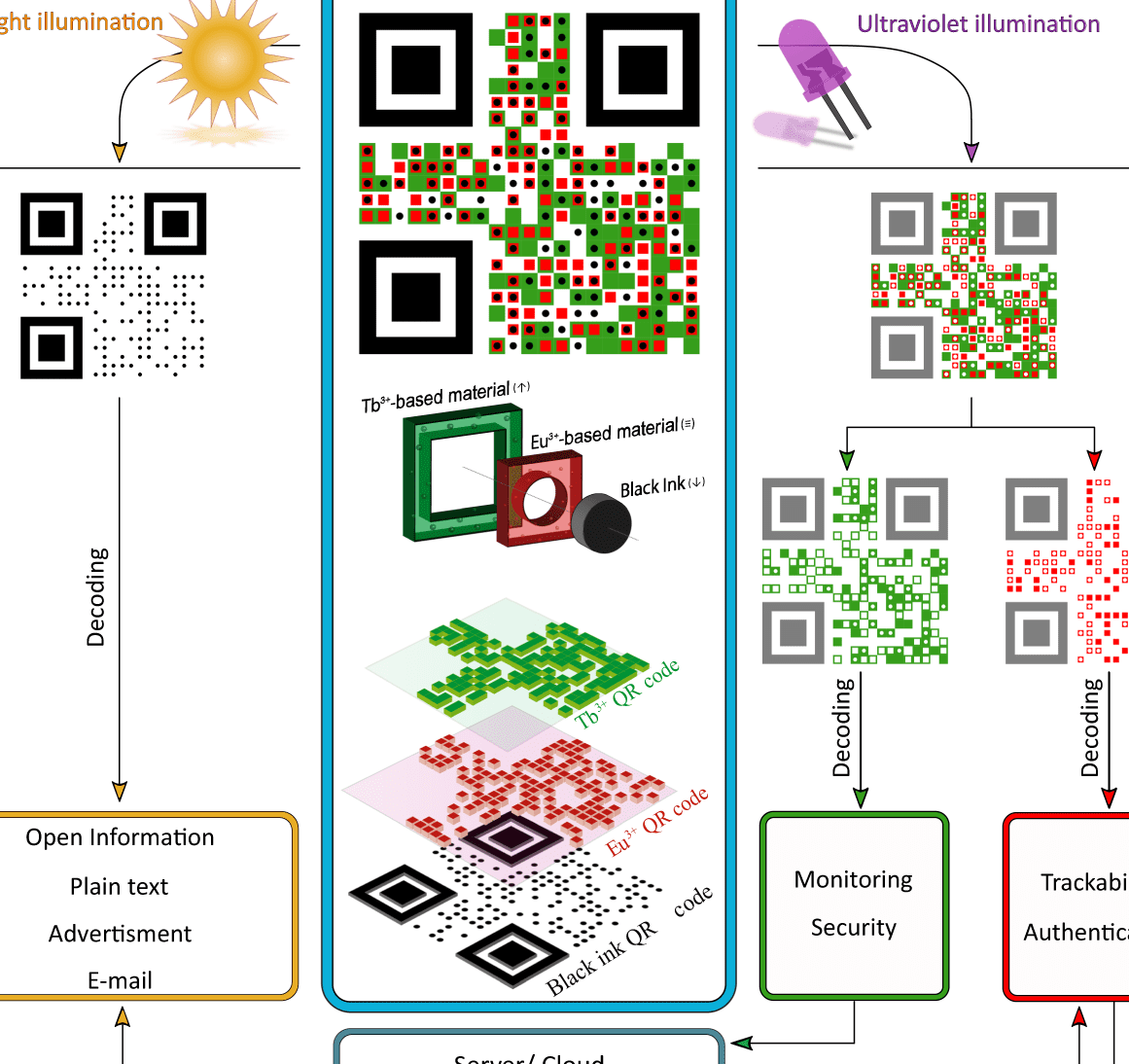Unlock the power of QR codes! These little black and white boxes are packed with data, but what kind of information can you expect to find behind them? Here are the three key things you need to know about the data contained in QR codes:
With this powerful data structure in place, QR codes are versatile enough to be used for a wide range of purposes: inventory management, sharing customer information, or simply adding some style to your packaging. Whatever your use case, understanding the underlying data structure is key to unlocking the true potential of QR codes.
Understanding the purpose of QR codes
QR codes have become ubiquitous sight in most consumer products today as they can easily store vast amounts of information within a small space. QR codes typically consist of a two-dimensional pattern of black and white squares, resembling a maze, and can be scanned with a smartphone camera to transfer the information stored within them.
QR codes were first invented by Denso Wave, a subsidiary of the Japanese company Denso, in 1994 to meet the needs of the automotive industry. They were designed with the purpose of tracking vehicles during the manufacturing process, but soon found their way into other fields.
How QR codes store information
QR codes store information using a series of black and white squares arranged in a specific pattern. These squares represent binary code that can be read by QR code scanners. The capacity of a QR code is determined by the number of squares in the pattern. The larger the pattern, the more information it can store. The traditional QR code size stores up to 3KB of data, but the error correction technology can add up to 30% of additional storage.
The four standard encoders of QR codes
QR codes employ four standard encoders that enable them to store different types of information:
- Numeric: Used to store numbers only
- Alphanumeric: Used to store letters, numbers, and some symbols
- Binary: Used to store binary data, such as images or audio files
- Kanji: Used to store Japanese characters
QR codes as locators, identifiers, or trackers
QR codes can be used for various purposes, such as location tracking, inventory control, and real-time monitoring. They are particularly useful in large manufacturing plants, warehouses, and logistics facilities.
QR codes can be embedded with unique IDs that can be associated with an object, person, or location. These IDs enable businesses to track inventory, monitor the movement of goods, and keep a tab on the whereabouts of employees. QR codes can also be used as a tool for marketing and advertising, by directing consumers to a website or promotional offer.
Connecting to websites or applications via QR codes
QR codes can be used to connect to websites or applications, without the need to manually enter the URL or download the app. By scanning the QR code with a smartphone, users are automatically redirected to the website or prompted to download the app.
This functionality has become particularly useful during the pandemic, as businesses have been using QR codes to share menus, contact information, and other important details with customers. QR codes can also be used for access control, such as checking in to an event or a venue.
The use of extensions in QR codes
QR codes employ extensions to enable additional functionality, such as the embedding of multimedia content, error correction, and security features. These extensions can be customized by businesses to suit their needs, such as embedding a video link or adding a password for secure access.
Extensions enable businesses to create more sophisticated QR codes that provide additional value to customers. For example, a QR code embedded with a video link can provide additional information about a product or service, while a QR code with a password can ensure secure access to sensitive information.
QR codes and efficient data storage
QR codes have revolutionized the way businesses store and transfer data. They offer a simple, efficient, and cost-effective way to store vast amounts of information within a small space. By using different encoding formats and extensions, QR codes can be customized to suit the needs of different businesses and industries.
QR codes have become an essential tool for businesses seeking to streamline their processes and enhance customer experience. With the pandemic accelerating the use of contactless technology, QR codes are set to become even more ubiquitous.





